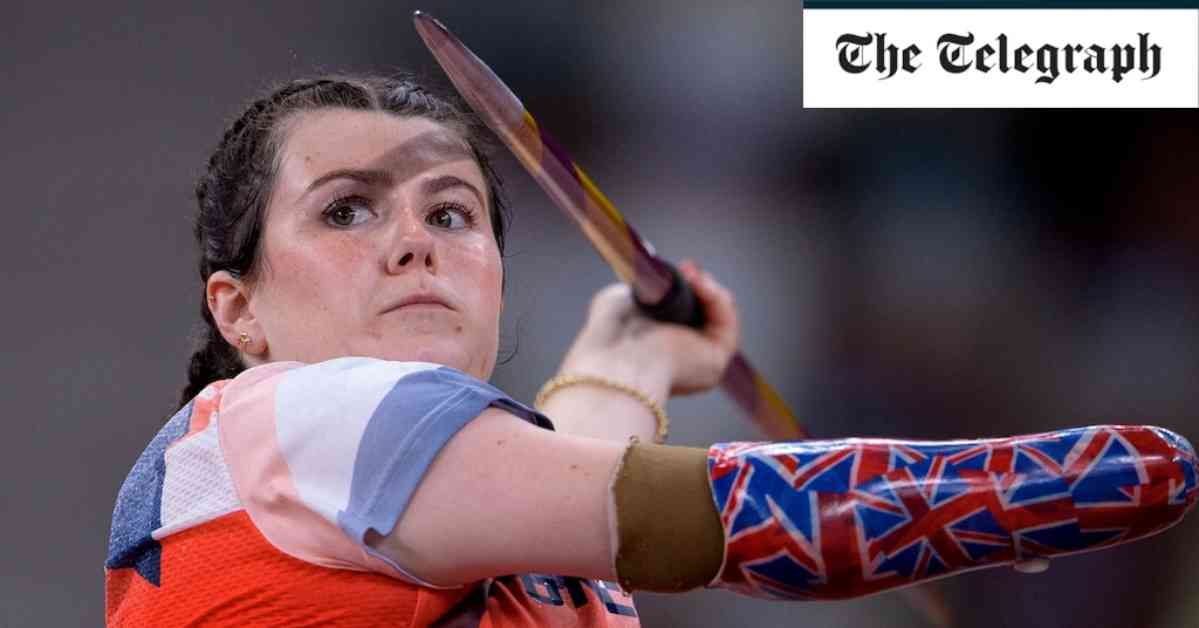**Decoding the Paralympics Classification System: A Comprehensive Exploration**
As the Paris 2024 Paralympics kick off this week, it’s crucial to understand the intricate classification system that underpins para-sport. The classification system plays a pivotal role in ensuring fair competition, as athletes are grouped according to their impairment to create a level playing field. Let’s delve deeper into the nuances of the Paralympics classification system to unravel the complexities and significance it holds for athletes and spectators alike.
**The Purpose of Paralympic Classifications**
The primary aim of the Paralympic classification system is to ensure that athletes compete against others with similar impairments. By categorizing athletes into specific sport classes, the system seeks to mitigate the impact of impairments on performance and uphold the principles of fair competition. The International Paralympic Committee emphasizes that an athlete’s success should be determined by their skill, fitness, power, endurance, tactical ability, and mental focus rather than the nature of their impairment.
**Understanding Athletes’ Classifications**
There are ten broad categories of impairment that a Paralympic athlete can fall under, including physical, visual, and intellectual impairments. Within these categories, various sub-categories exist to further refine the classification process. For instance, athletes with cerebral palsy may be classified into eight sub-categories based on the severity of their condition, ranging from the most severe to the least severe.
Each sport has its own unique classification system tailored to the specific requirements of the discipline. For example, goalball is exclusively open to athletes with vision impairments, highlighting the diversity of classifications across different sports. The classification criteria are developed by the governing bodies of each sport to ensure that athletes are placed in the most appropriate class based on their impairment and its impact on their performance.
**The Classification Process in Action**
Before competing at the Paralympics, every athlete undergoes an official classification assessment conducted by trained technical officials known as “classifiers.” These classifiers evaluate the nature and degree of the athlete’s impairment to assign them to the appropriate sport class. The classification process is ongoing and can evolve over an athlete’s career as their level of impairment changes.
During major events and competitions, athletes may undergo reclassification to ensure that they are still competing against opponents with similar impairments. This dynamic aspect of the classification system reflects its commitment to maintaining fairness and equity in para-sport.
**Medals and Combined-Class Events**
In some cases, athletes from different classifications may compete for the same medal if their impairments are deemed to place them at a similar level of ability by the sport’s governing body. The rationale behind this approach is to acknowledge that different impairments can impact performance in varying ways across different sports. For instance, an impairment of the arms may affect performance differently in running events compared to swimming events, necessitating distinct classification systems for each sport.
The Paralympic classification system strives to balance the need for competitive parity with the recognition of athletes’ diverse impairments and abilities. By categorizing athletes into appropriate classes, the system ensures that each competitor has a fair chance to showcase their skills and compete on an equal footing with their peers.
**A Multifaceted Classification Matrix**
The Paralympic classification system encompasses a wide array of impairment categories, each with its own set of criteria and considerations. From physical impairments affecting limbs to vision impairments and intellectual disabilities, the system is designed to accommodate the diverse needs of para-athletes across different sports.
For instance, in track events, athletes with cerebral palsy, neurological conditions, or other impairments that prevent them from riding a bike are classified under T1-2. This classification ensures that athletes with similar limitations are grouped together to compete in a fair and inclusive environment tailored to their specific needs.
**The Evolution of Paralympic Classifications**
Over the years, the Paralympic classification system has evolved to become more nuanced and inclusive, reflecting advancements in understanding and accommodating diverse impairments. The introduction of additional sub-categories and refinement of criteria have enhanced the system’s accuracy and effectiveness in classifying athletes based on their impairment and its impact on their performance.
As para-sport continues to grow in popularity and visibility, the importance of a robust classification system cannot be overstated. It serves as the cornerstone of fair competition, ensuring that athletes of all abilities have the opportunity to excel and compete at the highest level on a truly level playing field.
**Conclusion**
In conclusion, the Paralympic classification system is a complex and dynamic framework that underpins the ethos of fair play and inclusivity in para-sport. By categorizing athletes into specific classes based on their impairment, the system aims to create a level playing field where athletes can showcase their talents and compete on equal terms. As the Paris 2024 Paralympics unfold, let us celebrate the diversity and resilience of para-athletes who embody the spirit of determination and excellence on the global stage.












